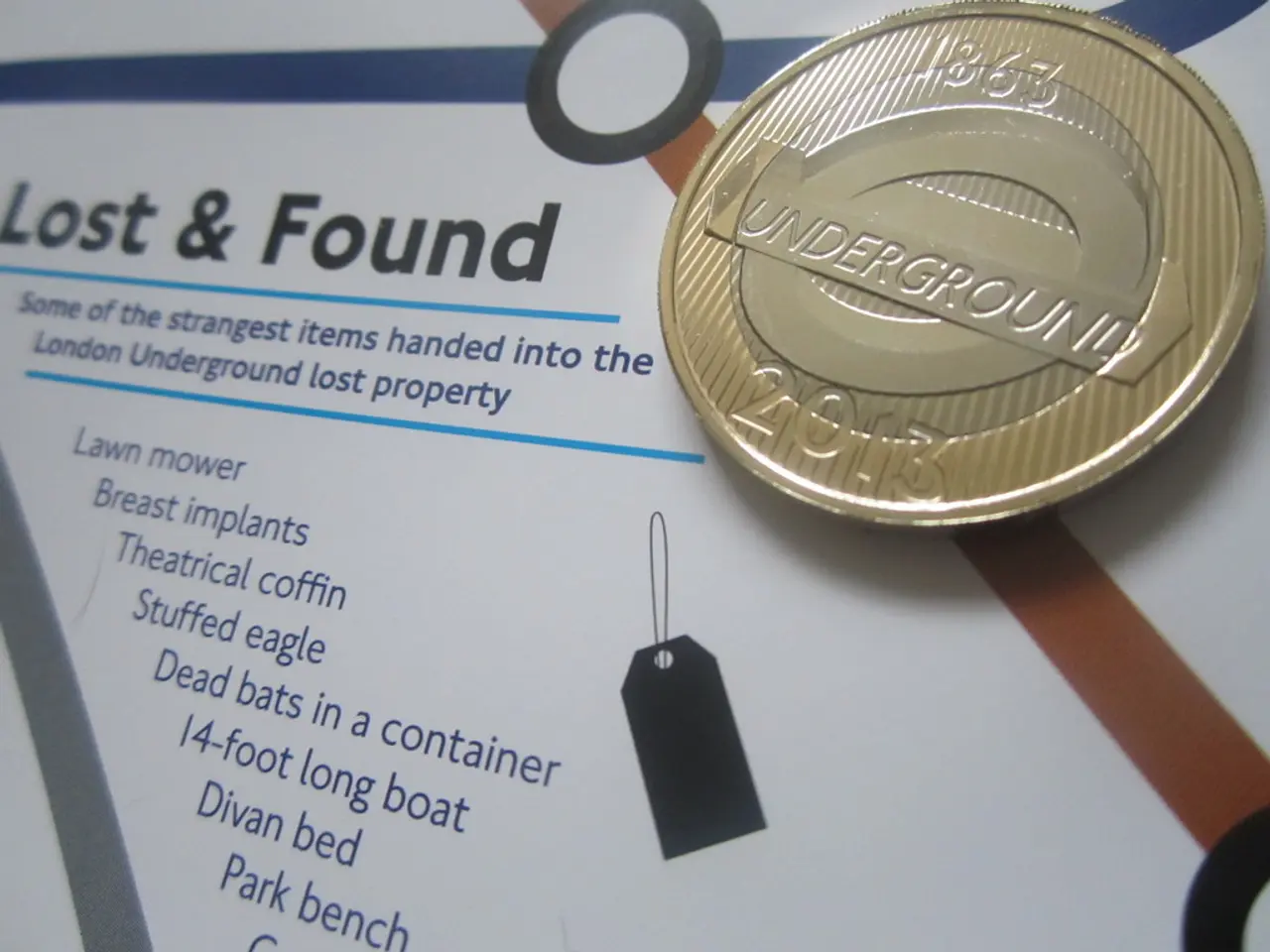Image Format for Optimal Avian Visuals
In a recent video, Benn Jordan, a renowned creator and innovator, showcases the potential of ultrasonic microphones in the field of ornithology. The video features recordings of birds in Florida and rural Georgia, made using ultrasonic microphones, and a demonstration of a starling named "The Mouth" repeating an image encoded in sound.
Jordan's video highlights the use of ultrasonic microphones in analysing bird calls. He emphasises the importance of high-sensitivity, wide-band microphones capable of capturing frequencies above 20 kHz, the ultrasound range. Commonly used modules in research and DIY projects include MEMS ultrasonic microphones like the Knowles SPU0410LR5H-QB or the Avisoft CM16/CMPA models for higher quality.
To record ultrasonic signals accurately, Jordan recommends using an audio interface with a high sampling rate (at least 192 kHz or higher) and a low noise floor. Interfaces such as the Focusrite Scarlett 2i2 or Zoom H6, if capable of high sampling rates, are often adapted, but dedicated ultrasonic recording devices or DIY solutions based on FPGA or microcontrollers (e.g., Arduino or Raspberry Pi with specialized ADCs) are also viable options.
For analysis, Jordan suggests open-source software like Raven Lite, Audacity (with plugins), or specialized bioacoustic software such as Kaleidoscope or Avisoft SASLab Pro. Many researchers also rely on Python libraries (e.g., scipy, librosa) for custom computational analysis and machine learning models for species identification or behavior quantification.
Jordan also recommends the open-source AudioMoth ultrasonic microphone and recorder for recording bird calls. He particularly recommends Birdnet-Pi, an AI program for identifying birds by their calls, for analysis software.
The video also features a demonstration of The Mouth's abilities. The starling was able to repeat a bird shape drawn in a spectrogram almost pitch-perfectly. This was demonstrated by playing a bird shape drawn in a spectrogram converted into sound.
Jordan encourages amateurs wanting to get started in computational ornithology to visit citizen science forums such as WILDLABS or Hackaday for community-driven recommendations and cutting-edge DIY projects in this area. He also advises using Cornell Lab's free libraries of ornithology data for analysis.
In the video, Jordan does not mention any new demonstrations or findings related to The Mouth. However, he does advise using a microphone with good ultrasonic performance and provides suggestions for this, including the possibility of making one's own.
Overall, Benn Jordan's video provides a fascinating insight into the world of ultrasonic microphones and their applications in ornithology and bird mimicry. It serves as a valuable resource for amateurs and professionals alike, inspiring them to explore this exciting field further.
Science and technology intersect in Benn Jordan's video, as he discusses environmental-science applications of ultrasonic microphones, specifically in analyzing bird calls. He suggests using high-quality microphones like the Knowles SPU0410LR5H-QB or Avisoft CM16/CMPA models, and mentions the open-source AudioMoth ultrasonic microphone for recording bird calls. Furthermore, Jordan encourages the use of technology in DIY solutions, recommending tools like Arduino or Raspberry Pi for building ultrasonic recorders.




